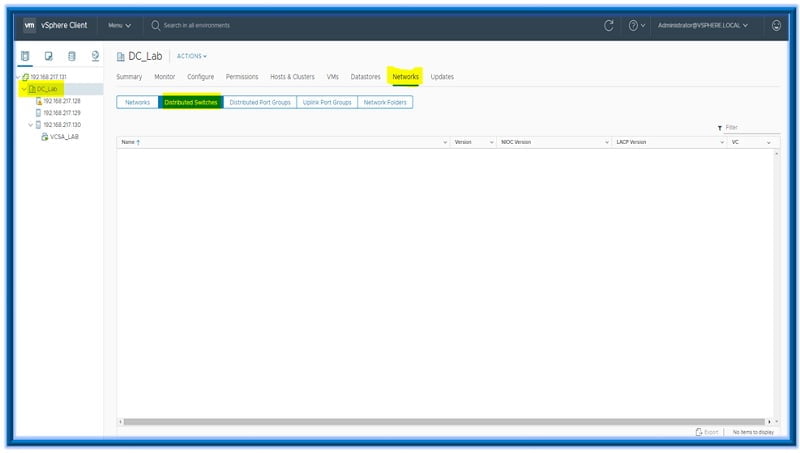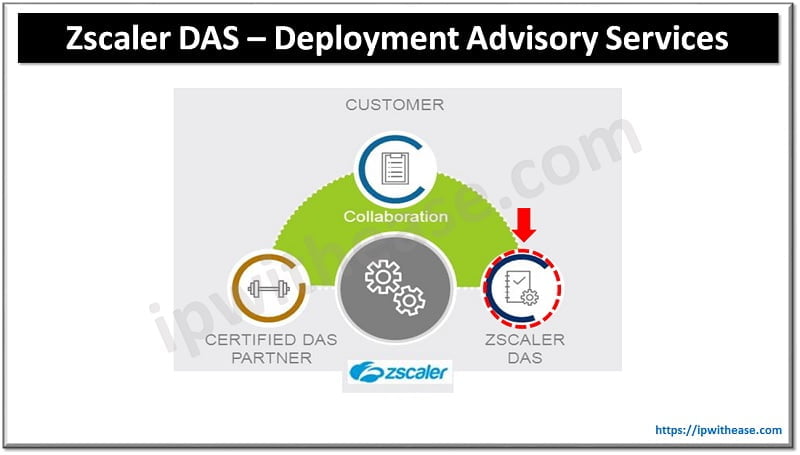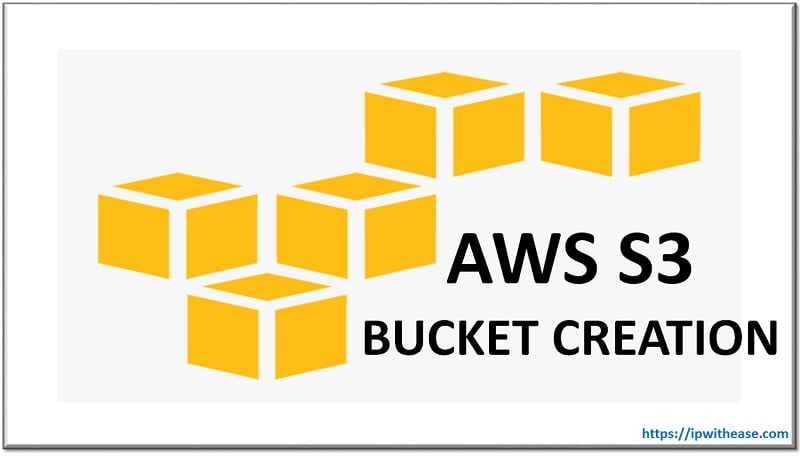Table of Contents
Disasters can happen anytime and to any business, big or small. A natural disaster, a malware attack, or a power outage can cripple your business operations and cause severe data loss. To maintain business continuity in the case of such a disaster, you need a cloud-based disaster recovery plan.
We’ll explain cloud based disaster recovery and why it’s vital for your business. We’ll also discuss the various options available for implementing a cloud-based DR plan and how to choose the right one for your organization.
What is Cloud based Disaster Recovery?
In a disaster scenario, cloud based disaster recovery allows you to restore business operations by accessing your data and applications remotely. The cloud provides a cost-effective, flexible solution for backing up and storing your critical data off-site.
Cloud-based DR is also more reliable than traditional on-premises backup solutions as it is not susceptible to the same physical risks. In addition, cloud-based DR can be scaled up or down to meet your changing needs.
Benefits of using a Cloud based Disaster Recovery
There are many other benefits of using a cloud-based disaster recovery solution, including:
- Reduced downtime: Restoring your data and applications in the cloud can minimize downtime and get your business back up and running quickly.
- Improved business continuity: A cloud-based DR plan ensures your business can continue operating even in a major disaster.
- Increased flexibility: Cloud-based solutions offer a more flexible and scalable approach to disaster recovery than traditional on-premises solutions.
- Lower costs: Cloud-based disaster recovery is often more cost-effective than on-premises solutions, as you only pay for the storage and resources you use.
How does Cloud based Disaster Recovery work?
- Disaster recovery as a service (DRaaS): DRaaS is a cloud-based solution that provides all the necessary tools and resources for disaster recovery. It includes backing up data, replicating servers, and providing failover capabilities.
- Backup as a service (BaaS): BaaS is a cloud-based backup solution that enables you to store your data off-site in the cloud. It can be employed with an on-premises backup system or on its own. When choosing a cloud-based disaster recovery solution, it’s essential to consider your specific needs and requirements. It would help to consider the cloud environment you want to use: public, private, or hybrid.
- Public cloud: This is a shared environment owned and operated by a third-party provider. This type of cloud is typically less expensive than a private cloud but offers less control and security.
- Private cloud: This is a single-tenant infrastructure owned and operated by your organization. This cloud provides more control and security but can be more expensive than a public cloud.
- Hybrid cloud: A hybrid cloud combines both public and private clouds. This type of DR solution offers the benefits of both types of clouds while also providing flexibility and scalability.
What are the different types of cloud based disaster recovery?
There are four main types of cloud-based disaster recovery:
- Cold standby: A cold standby DR solution involves replicating your data and applications to a remote location. In a disaster, you would need to manually start up your systems at a remote location. This DR solution is typically the most inexpensive but also the least effective as it can take a long time to get your systems up and running.
- Warm standby: A warm standby DR solution is similar to a cold standby DR solution but with one key difference. In addition to replicating your data and applications, a warm standby DR solution also runs regular tests to ensure everything is working. This DR solution is more expensive than a cold standby solution but offers a shorter recovery time.
- Hot standby: A hot standby DR solution is similar to a warm standby DR solution but with one key difference. In addition to replicating your data and applications, a hot standby DR solution also runs your systems in parallel at a remote location. This DR solution is the most expensive but offers the shortest recovery time.
- Multi-site: A multi-site DR solution replicates your data and applications to multiple locations. This DR solution is typically used by organizations with critical data and applications that must be available 24/7. While this DR solution is more expensive, it offers the highest level of protection.
How do I know if cloud based disaster recovery is proper for my company?
There are a few things to consider when deciding if cloud-based disaster recovery is suitable for your company:
- Cost: As mentioned above, cloud-based disaster recovery can be more cost-effective than on-premises solutions. However, considering the total cost of ownership, including storage, bandwidth, and resources, might be beneficial.
- Recovery time: Cloud-based disaster recovery can offer a shorter recovery time than on-premises solutions. However, you need to consider the cloud environment you want to use and your specific needs and requirements.
- Scalability: Cloud-based disaster recovery can be scaled up or down as needed, which gives you more flexibility than on-premises solutions.
- Security: You must consider the cloud environment you want to use and your specific needs and requirements.
- Compliance: If you store sensitive data or are required to comply with specific regulations, you must ensure that your chosen cloud provider can meet your compliance needs.
Continue Reading:
What is AMAZON RDS (Relational Database Service) ?
Data Center vs Cloud: Understand the difference
ABOUT THE AUTHOR
IPwithease is aimed at sharing knowledge across varied domains like Network, Security, Virtualization, Software, Wireless, etc.



